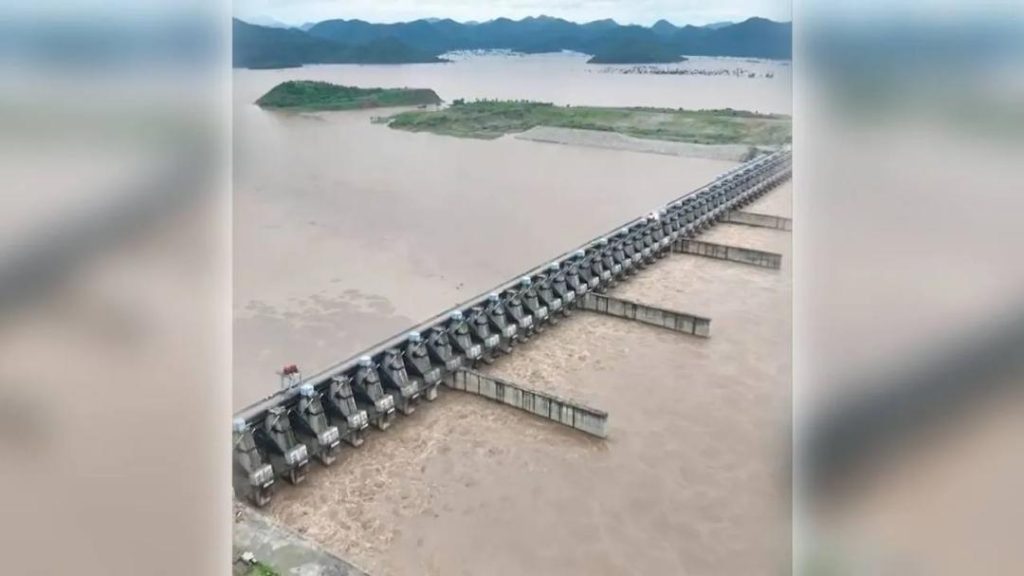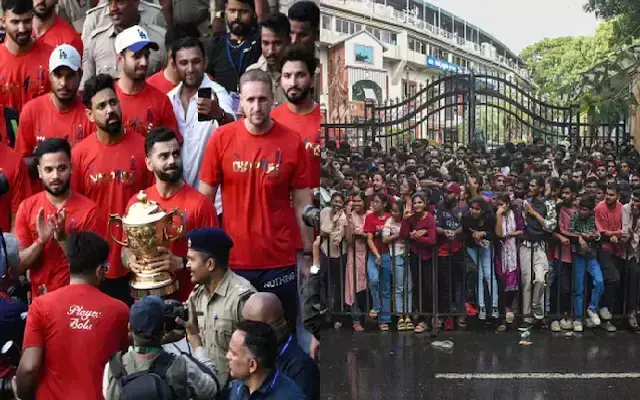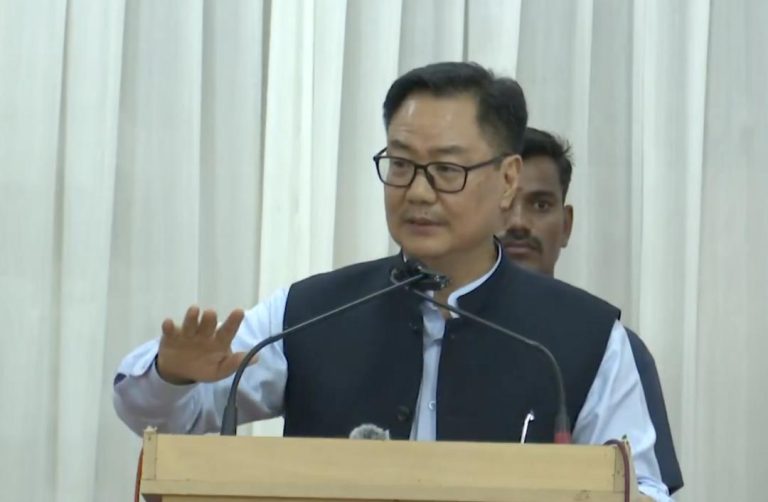
Telangana Pushes Inchampalli Link Over Andhra’s Polavaram Plan
The long-standing dispute over the sharing of Godavari waters between Telangana and Andhra Pradesh has taken a new turn. Telangana has proposed the Inchampalli-Godavari link as an alternative to Andhra Pradesh’s Polavaram-Banakacherla project, arguing that this route is fair, legal, and protects its share of Godavari waters. The proposal was discussed at the 6th consultative meeting of the National Water Development Agency (NWDA) in Hyderabad.
The Polavaram project, aimed at linking the Godavari River with the Bay of Bengal, has been a contentious issue between the two states for years. Andhra Pradesh has been pushing for the project, claiming it will provide water to its parched districts, while Telangana has been opposing it, citing concerns over the distribution of water and the project’s potential environmental impact.
Inchampalli, a village in Telangana’s Karimnagar district, has been identified as a potential alternative to Polavaram. The Inchampalli-Godavari link would involve building a canal from the Inchampalli barrage to the Godavari River, allowing Telangana to harness unutilized waters from the Chhattisgarh region.
Experts say that the Inchampalli link could be a middle path, as it can draw unutilized waters from Chhattisgarh, which would otherwise flow into the Bay of Bengal. This approach would not only benefit Telangana but also help to reduce the pressure on the Godavari River.
“The Inchampalli-Godavari link is a more feasible and sustainable option compared to Polavaram. It’s a fair and legal alternative that would ensure Telangana gets its due share of Godavari waters,” said a senior official from the Telangana government, who wished to remain anonymous.
The Telangana government has been pushing for the Inchampalli link for years, arguing that it would help to reduce the state’s dependence on the Krishna River and provide a more stable water supply. The state has also cited the need to protect its share of Godavari waters, which are essential for irrigation, drinking water, and other purposes.
Andhra Pradesh, on the other hand, has been opposing the Inchampalli link, claiming it would divert waters meant for its districts. The state has also argued that the Polavaram project is essential to provide water to its drought-prone districts.
The NWDA meeting in Hyderabad saw representatives from both states, as well as experts from the water resources sector, discussing the pros and cons of the two projects. While Andhra Pradesh reiterated its commitment to the Polavaram project, Telangana officials emphasized the need for a more sustainable and equitable solution.
The debate over the Godavari waters is not new, and has been ongoing for decades. The issue has been further complicated by the formation of Telangana as a separate state in 2014, leading to tensions between the two states over the sharing of resources.
In recent years, the Telangana government has been working to develop its own water resources, including the construction of dams and canals. The state has also been exploring alternative sources of water, such as desalination and reuse of treated wastewater.
The Inchampalli-Godavari link, if implemented, could be a significant step forward in resolving the dispute over Godavari waters. It would not only provide a more sustainable solution for Telangana but also help to reduce the pressure on the Godavari River.
As the debate continues, it remains to be seen whether the Inchampalli link will be accepted by Andhra Pradesh and the Centre. However, experts say that the proposal is worth considering, given its potential to provide a more equitable and sustainable solution for the sharing of Godavari waters.






